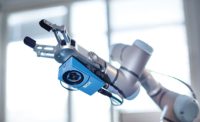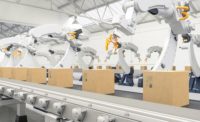In a domain where microns and millimeters matter, efficient quality inspection and metrology processes can make the difference between consistent, successful production runs and labor-intensive failures.
Performing quality control tasks manually not only carries the risk of repetitive strain injury but also places extraordinary demands on quality professionals in terms of concentration, precision and consistency. Despite being armed with digital calipers and other tools, human workers simply cannot achieve the same levels of accuracy and consistency provided by robots, making these tasks an ideal fit for automation.
Trending: Rise Of The Cobots
Automated solutions based on collaborative robots (cobots) have become a popular choice for QC applications due to their affordability, fast ROI, ease-of-use, and small footprint versus traditional industrial automation.
“Cobot-based systems are all about lowering the boundaries that prevent people from working with automation and doing so in safe and affordable way,” says Omer Cohen, vision engineer at LMI Technologies, a Canadian company that has developed a range of snapshot and line sensors for use in cobot-based QC applications.
A cobot’s small footprint enables companies to bring inspection and metrology processes onto the factory floor, reducing the lag between the manufacturing process and the quality process. Cobots also empower companies to increase the frequency of quality and inspection tasks –without having to add extra human labor.
“The labor shortage is very real and is one of the main drivers for cobot adoption,” says Matt Jones, general manager, U.S. sales & operations at robotics software firm Micropsi Industries. “There are a ton of manufacturing jobs out there that people don’t want to do anymore and cobots enable companies to address those issues.”
In today’s fast moving manufacturing environment, the flexibility and mobility of cobot-based quality inspection systems really comes to the fore. Cobots are a cinch to deploy and redeploy, making it easy to incorporate them into existing production lines and to transition between different tasks and product mixes in very little time. Such features make cobots especially attractive to manufacturers striving to meet the QC demands of high-mix, low-volume production runs.
And whereas traditional industrial automation typically requires extensive guarding or fencing, cobots can be deployed beside human workers after a risk assessment. Because humans are required to operate cobots, the technology is not a threat to workers’ jobs, says LMI Technologies’ Cohen.
“Cobots are tools designed to work with humans. They make quality professionals’ jobs easier, more ergonomic, and allow them to focus on more interesting tasks,” he explains.
This article will explore some of the benefits and capabilities of cobot-based quality inspection and metrology systems. We’ll also share some outcomes from real-world deployments and look at some trends to keep an eye on in this space.
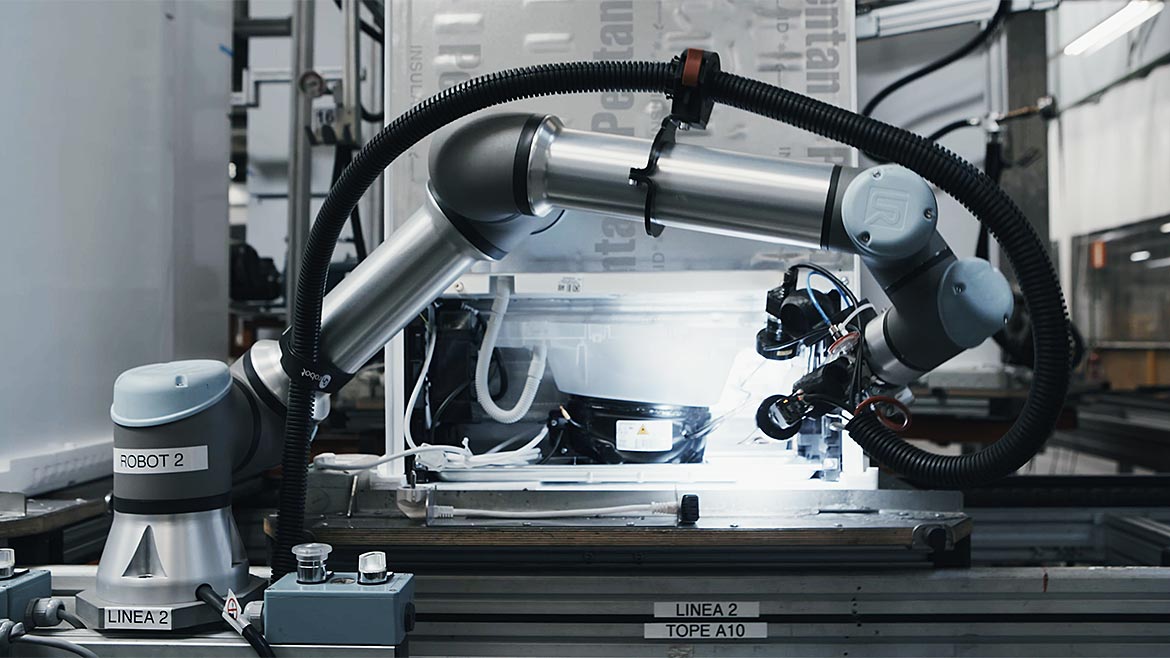
Achieving 100% Quality
As engine cradle sub-assemblies reach the end of the line at Youngstown, Ohio-based contract manufacturer Comprehensive Logistics, workers have to inspect and ensure that each one is fully seated and locked. The industry standard for manual inspection in this domain is 80%, so the company decided to automate the process to improve consistency in this mission critical task.
After unsuccessful trials with various probes and inspection systems with cameras in fixed positions, Comprehensive Logistics decided to deploy a cobot fitted with a vision system. The dexterous cobot’s small footprint enabled it to be mounted above the conveyor, thereby ensuring consistency and repeatability in places that humans find awkward to reach. The cobot moves quickly between inspection points, snaps a picture at each point, and then returns to its home position to wait for the next sub-assembly to inspect.
The results were impressive: Comprehensive Logistics achieved 100% quality in sub-assembly inspection, estimated ROI at just four months, experienced zero downtime, and ran its cobot 24/7.
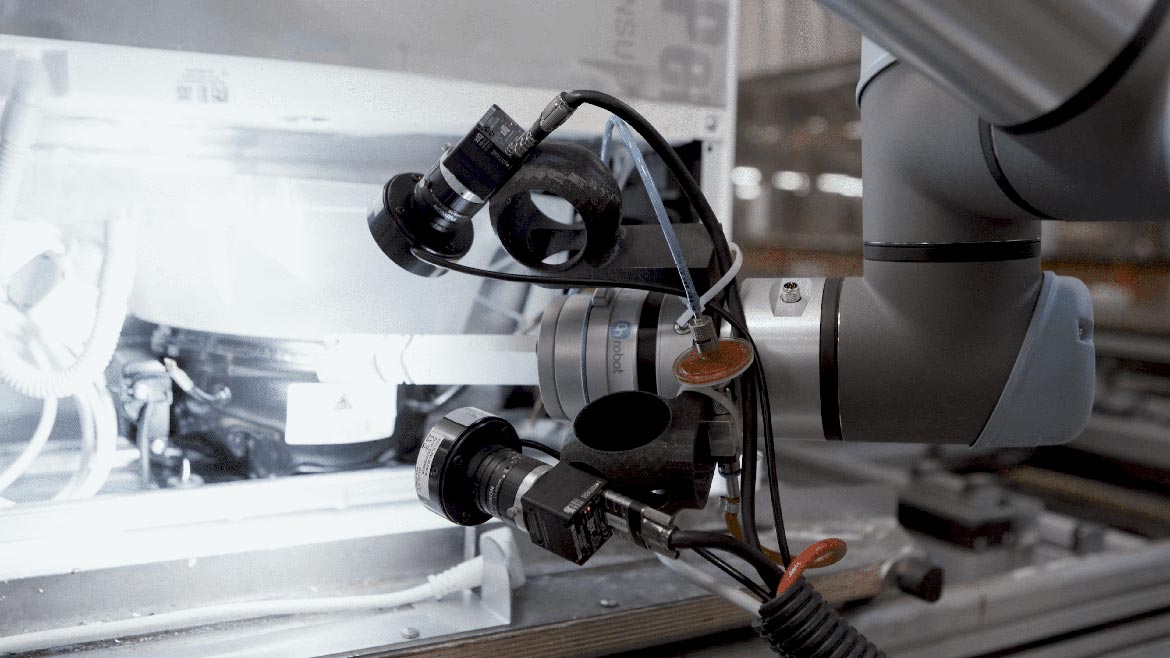
Trending: Ecosystem Innovation
Cobots are powerful platforms designed to enable a host of applications from material removal and palletizing to welding and quality, inspection, and metrology. In the early days of collaborative automation, it was sometimes a challenge to acquire and successfully integrate the hardware and software peripherals required to perform specialized tasks. This meant longer deployment times and added engineering and integration costs – not a major issue for large companies, but enough to put automation beyond the budgets and expertise of small-to-medium size (SME) companies.
That has all changed. Today, there is a great variety of specialized hardware and software peripherals – often referred to as ‘application kits’– specially designed by third parties for use with cobots.
For end-users, the growth of this ecosystem around cobots has been transformative. Instead of trying to cobble together various hardware and software components – or asking their integrator to do it – end users can simply select the application kit that best suits their quality, inspection and metrology requirements. This ‘off-the-shelf’ readiness simplifies deployments to the point where it’s not at all uncommon for end-users to have the system up and running on simple applications within half a day – regardless of their level of experience with automation.
For example, an application kit for automating digital caliper measurements, data logging, and part handling will come with precision caliper tools, a workstation table for presenting parts, and software that guides users through the process of grasping and moving parts, measuring dimensions, and logging data.
Don’t consider a cobot purchase in isolation. Make sure to pay attention to the ecosystem of hardware and software peripherals that the cobot supports too. Not all cobot brands are equal when it comes to the depth of their ecosystem offerings, so due diligence here really pays off in terms of usability, reduced engineering and integration costs, and future-proofing your cobot investment.
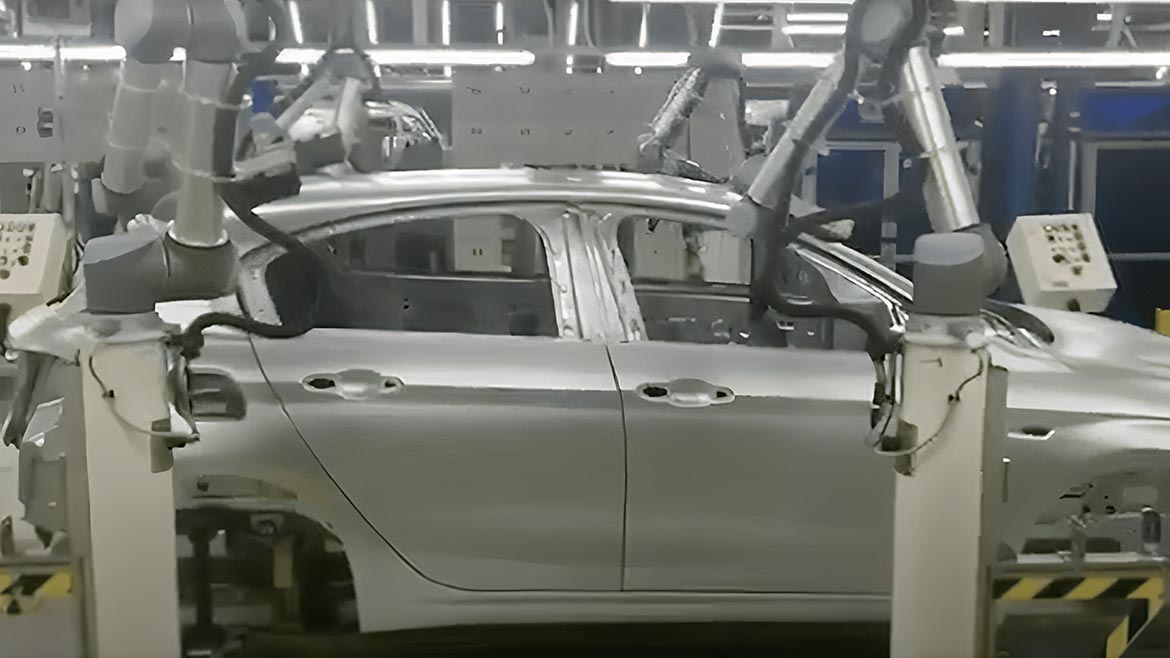
Trending: Usability Enhancements
Cobots score high on usability thanks to programming methods such as hand-guiding – an intuitive programming technique that allows end users to teach their cobot simply by hand-guiding it through the path it needs to take to complete a task.
Vision & Sensors
A Quality Special Section
Moreover, a handful of cobot brands have transformed the traditional teach pendant, eliminating the complex programming required for traditional automation and replacing it with user-friendly graphical interfaces.
Specialist application kits take this a step further by providing software specially designed to help users deploy their cobot on quality, inspection, and metrology tasks. These software packages don’t only guide users step-by-step through the deployment, but they also come with pre-programmed routines that virtually eliminate programming altogether.
Specialist metrology software for cobots, for example, can abstract complex metrology programming, enabling users to pick a part and a preset program that has scan coverage of the entire part, press play, and walk away.
If you have ever tried to calibrate cameras for quality and inspection applications, you will know what a tedious process it can be, from getting the lighting right to ensuring the camera(s) and part(s) are in the correct positions. Some leading cobot-based vision systems have simplified this process to the point where one image is all that is required to calibrate the vision system – a significant time-saver in busy production environments.
Trending: AI
Artificial intelligence (AI) boosts usability by enabling cobots to perform tasks previously thought impossible to automate due to variance in product types, product features, and lighting conditions. AI is probably best known for enabling advanced imaging and inspection, but it also enables advanced and flexible automated path planning. AI-powered path planning automates your cobot’s movements to support tricky inspection tasks that require multiple images – all without the user needing to know anything about AI programming.
Detection of leaks in refrigerator cooling circuits is a challenging task for any robot due to high variability in the positioning of parts and variance in the appearance of solder joints and tubes. Combining a cobot with two cameras and AI software, enabled BSH, a leading manufacturer of refrigerator components, to solve a problem that traditional automation is unable to handle. The AI software takes care of all the path planning required to ensure that the cobot moves into the correct position to perform the task.
The deployment allowed BSH to eliminate time-consuming manual leak testing and to reach all its cycle time, accuracy and performance KPIs, leading to improved quality outcomes and providing a boost to productivity.
Whether you’re looking for a way to improve ergonomics for quality professionals, improve consistency in QC tasks, or find affordable ways to incorporate automation into your processes, cobots can help make your automated QC processes easier to deploy and more efficient than ever before. Just be sure to do your due diligence to ensure that you select the right cobot and ecosystem to support your application.

